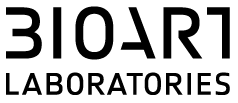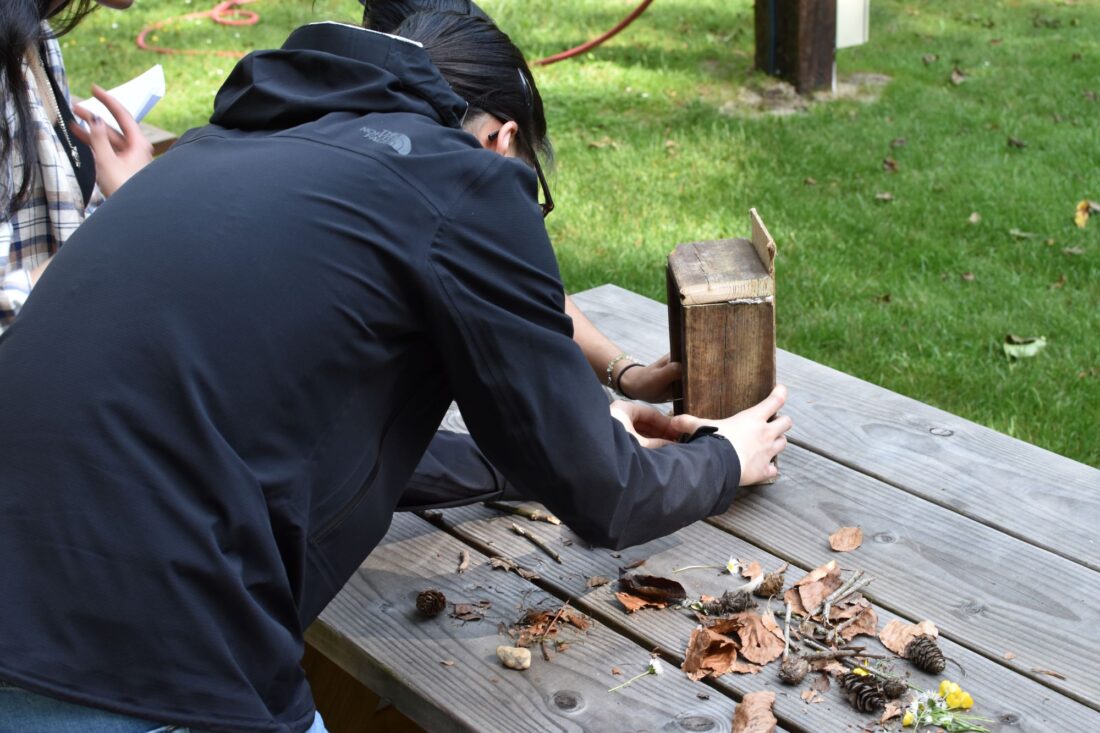The Crosslabs stems forth from the collaboration between BioArt Laboratories, the Fontys biology teacher study program and the International School Eindhoven. Teachers in training have developed several courses about the Symbiocene.
For this year’s Crosslabs, it consists of 6 courses about the Symbiocene and various examples of how nature interact through multidisciplinary design thinking. In the first course, students get a quick understanding of the primary principles of the Symbiocene and why it is challenging to shift from the current Anthropocene, to a new system with new words and perspectives. The following course delves back to the basic principles of obtaining color and even electricity through biological processes, in order to show the students what already is possible in nature through a non-anthropocene viewpoint.
With the third course, the students are introduced to the artist Catinca Tilea and her art project H.o.w. To hope to be. What if we look at the future from a perspective that is both human and nonhuman, how would society and the world around us look like? Catinca introduces mycelium as a potential material for design, production and construction, where the focus is not centered in how we can mold and twist the natural properties within our desired yet overambitious specifications, but to utilize the natural properties and work along with it from a different system perspective. Furthermore, it explores the human willingness of acceptance and boundaries to such natural properties.
However, ecosystems consist more than just fungi, animals or plants. Various insects species are an essential building block for the biodiversity of an ecosystem, and with recent warnings of declining insect species in the Netherlands the last few years, it becomes vital to also include maintaining insect species in designing our living environment. Through reusing old materials, the students learn in the fourth course that the basic requirements for maintaining insect species, can be simple yet quite effective.
With the two remaining courses, the students focus on the interconnectedness between different organisms and link it towards their design course. They grow their own Oyster mushrooms on self gathered coffee grounds from their own environment, process the fruiting bodies of the mycelium, and turn it into ‘mushroom’ paper that they can use for their designs. Through hands-on working throughout the entire process, they learn the value of what is actually required during production, therefore incorporating these lessons in their future design thinking process.





